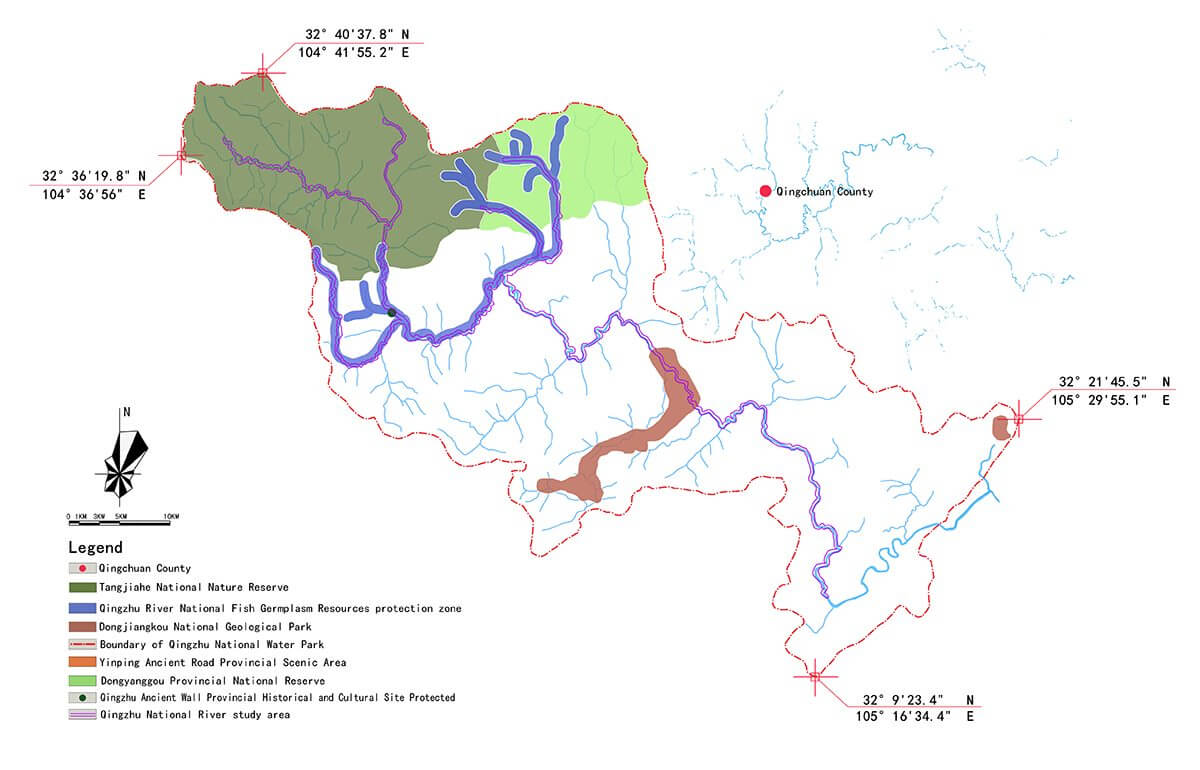Figure 2 – China’s rivers have many outstanding natural and cultural values.
International Collaboration to Support Designation of the Qingzhu National Protected River
Aldo Leopold Wilderness Research Institute Perspectives
International Perspectives
April 2018 | Volume 24, Number 1
NOTE: The Aldo Leopold Wilderness Research Institute and the Wildland Research Institute of the University of Leeds are both collaborators in China’s efforts to inventory and protect wild rivers and wilderness. The US Forest Service’s Office of International Programs has supported international exchange of expertise and information with Yunnan University, Southwest Forestry University, and Tsinghua University in China. The following contribution by Dr. Peng Li describes considerable international collaboration to develop a proposal for designating the first Wild River in China.
The Qingzhu River is a third-order tributary of the Yangtze River, located in Qingchuan county (Figure 1), Sichuan Province. It lies in the mountains of southwest China, at the second and third topography ladder and at the junction of the Tibetan Plateau, Loess Plateau, and Sichuan Basin. The river and its basin are a transitional area from agriculture to animal husbandry land use, and in this region the Qingzhu River demonstrates outstanding natural and cultural values (Figure 2). The Qingzhu River has been recognized as a biodiversity hot spot by the International Union for Conservation of Nature (IUCN). In addition, the Tangjia River National Nature Reserve that lies in the upper reaches of the Qingzhu River has also been included on the IUCN Green List.
The river basin is famous for Chinese dove trees, gingkos, pandas, takins (a mammal sometimes thought to resemble a goat or antelope but most closely related to sheep), and Rhinopithecus bieti (the black snub-nosed monkey). The river is also located in the Longmenshan fault zone, where in 2008 the destructive Wenchuan earthquake occurred and resulted in lakes being impounded. The area also contains many cultural relics created during the Three Kingdoms Period (AD 220–280), including Motian Mountain and the Yinping Ancient Road. Other areas with substantial cultural meaning can also be found along the Qingzhu.
Eight different kinds of protected areas are distributed along the river because of various outstanding values (Figure 3). Since the free-flowing condition and outstanding values of the river are not systematically preserved within the existing protected area system, a preliminary exploration of Qingzhu National Protected River has recently been launched (Figure 4). In August 2013, the Qingchuan County government in Sichuan Province commissioned Yunnan University to complete a master plan for a proposed Qingzhu National Water Park. From November 2013 to November 2015, this team completed “A Study of Qingzhu Protected River Planning in Sichuan Province.” It mainly explored methods of value determination, boundary demarcation, and river segmentation, proposing the Qingzhu River as the first national protected river in China. (See Li, in December 2017 IJW issue)
International Collaboration
To learn from successful experiences of other countries, core members of the planning team traveled to interact with managers of the Canadian Heritage Rivers System and the US Wild and Scenic Rivers System. In November 2015, the planning team invited a river manager from the US Forest Service Office of International Programs for a site visit and to provide technical guidance for description of the attributes of the proposed Qingzhu Protected River.
In May 2016, the planning team participated in the 2016 River Management Symposium and National Outdoor Recreation Conference in Boise, Idaho. During the conference, the Yunnan University team had meetings with relevant river managers and discussed China’s proposal for a National Protected River System (NPRS). In October 2016, staff of the Ministry of Water Resources (MWR), the Yunnan University planning team, and other Chinese scientists attended the 3rd Global Land Project Open Science Meeting in Beijing. Staff interacted with scientists from the Aldo Leopold Wilderness Research Institute in the United States, the Wildland Research Institute in the UK, and international experts on sustainability models. The focus was on methods of assessing outstanding values and prioritizing threats to protected areas. In 2017, Yunnan University applied to host a Fulbright Senior Environmental Specialist from the United States, with emphasis on wild and scenic rivers protection science. Ongoing efforts are planned for international collaboration to ensure that a proposal for this river properly identifies outstanding values, accurately reflects desires of local communities, and can prescribe an innovative management program to protect the river.
Figure 4 – A preliminary exploration of Qingzhu National Protected River has been launched to preserve outstanding values.
Progress in Protecting the Qingzhu River
A proposal to establish an NPRS for China was introduced at the People’s Congress in 2016. “A Study of Qingzhu Protected River Planning in Sichuan Province” got the support of the Sichuan government, and in March 2016, 15 deputies to the National People’s Congress of Sichuan Province submitted a proposal titled “Establishment of a National River Park, and Recommending Sichuan Province as a Pilot Area” (No. 1309th). At the same time, four deputies of the Guangxi Zhuang Autonomous Region submitted “A Proposal about the Designation of a National Scenic River as part of a National River Park System” (No. 2255th). The Standing Committee of the National People’s Congress approved both proposals and authorized MWR to follow up, assisted by the Development and Reform Commission and the Ministry of Finance.
In July 2016, the Scenic Office of the MWR organized an investigation group, composed of experts and deputies to the National People’s Congress of the Guangxi Zhuang Autonomous Region and Sichuan Province, to investigate the Qingzhu River, which may be identified as a pilot project for the NPRS. In 2017, Sichuan Province government promulgated the Sichuan River and Lake Park System Plan. Qingzhujiang was once again listed as a pilot of River and Lake Park in Sichuan Province. The investigation group and other relevant personnel hosted a research forum in Sichuan on the possibility of designation of a national protected river: The Qingzhu, China’s first nationally protected wild and scenic river. With these ongoing efforts and international collaboration, the outstanding natural and cultural values of the Qingzhu River may have further recognition and protection.
DR. PENG LI is an associate professor at Yunnan University in Kunming, Yunnan Province, China, in the Department of Business and Tourism Management. His recent sabbatical to study wild and scenic river management in the United States and Canada was sponsored by the National Natural Science Foundation of China (Grant No. 41361107); email: leap@ynu.edu.cn
Read Next
December 2018
In this issue of IJW, we remember the wilderness giant Stewart “Brandy” Brandborg. Betsy Lindley, Maria Blevins, and Scott Williams discuss cultural meanings and management challenges for urban-proximate wilderness areas. David Cole documents the historical development and evolution of the Leave No Trace program. Finally, Crista Valentino highlights the emergence of new conservation leaders with the CoalitionWILD program.
Apologizing for Science-Based Decision Making in Protected Area Management
Apologizing for science promotes autocratic management that can easily be commandeered by sociopolitical agendas and bureaucratic systems.
Wilderness Giant: Stewart “Brandy” Brandborg Moves on at 93
Steward Brandborg was a phenomenal wilderness champion, the last wilderness advocate with ties to most of the founders of the modern wilderness movement.





